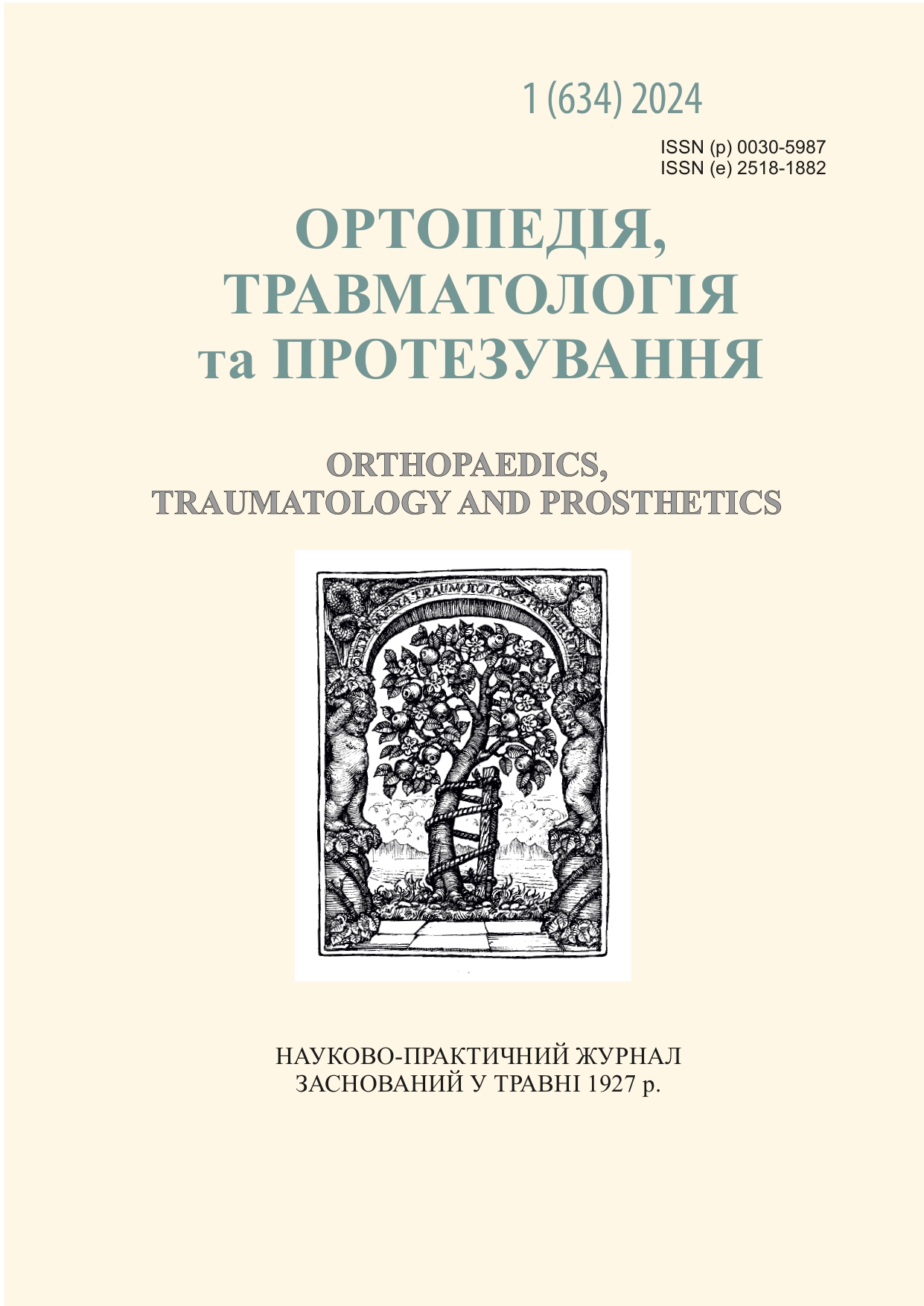Lumbar Discectomy with Canal Decompression by Destandau Endospine system
DOI:
https://doi.org/10.15674/0030-59872024149-52Keywords:
Destandau, Endoscopic spine system, Lumbar, Discectomy, DecompressionAbstract
Lumbar disc herniation is a common disease. There is severe pain in the buttock and leg, which may persist for more than 6 weeks even after conservative treatment. Currently, there are several surgical techniques for the treatment of lumbar disc herniation, ranging from laminectomy to microdiscectomy.
The main advantages of endoscopic discectomy include: cosmetic appeal, minimally invasive nature, better visualization, shorter hospital stay and faster recovery. Objective. This article reviews discusses the management of patients with degenerative diseases of the lumbar spine by Destandau Endospine system. The authors shares his experience of the surgical technique and the results of percutaneous endoscopic discectomy using the Destandau system during the treatment of 51 patients with herniated disc and canal stenosis in the lumbar spine. The main advantages of the Destandau endoscopic system are a small skin incision and minimal damage to soft tissues. This is a minimally invasive intervention, which is applied through a skin incision 1.5–2 cm long. In order to ensure the accuracy and safety of the patient both before and during the operation, fluoroscopy is used. Under the control of an endoscope, the herniated intervertebral disc, free fragments of the disc are removed and the pinched nerve is released. Thus, rapid recovery is achieved during postoperative rehabilitation. Conclusions. The endoscopic system can be used to treat all types of intervertebral disc herniations and associated canal stenosis. It is a relatively safe procedure, provided proper preoperative planning and an experienced team of doctors. Most lumbar pathologies that are
not related to instability can be successfully resolved with its help. The two main advantages of the Destandau endospinal system include minimally invasive surgery with minimal iatrogenic damage and excellent efficacy. In the case of its successful application, the recovery process is significantly shortened, without any restrictions for returning to everyday life.
References
- Woolf, A. D., & Pfleger, B. (2003). Burden of osteoporosis and fractures in developing countries. Current Osteoporosis Reports, 81(9), 646–656.
- Ozer, A. F., Keskin, F., Oktenoglu, T., Suzer, T., Ataker, Y., Gomleksiz, C., & Sasani, M. (2013). A Novel Approach to the Surgical Treatment of Lumbar Disc Herniations: Indications of Simple Discectomy and Posterior Transpedicular Dynamic Stabilization Based on Carragee Classification. Advances in Orthopedics, 2013, 1–6. https://doi.org/10.1155/2013/270565
- Kaushal, M., & Sen, R. (2012). Posterior endoscopic discectomy: Results in 300 patients. Indian Journal of Orthopaedics, 46(1), 81. https://doi.org/10.4103/0019-5413.91640
- Mixter, W. J., & Barr, J. S. (1934). Rupture of the Intervertebral Disc with Involvement of the Spinal Canal. New England Journal of Medicine, 211(5), 210–215. https://doi.org/10.1056/nejm193408022110506
- Mayer, H. M., & Brock, M. (1993). Percutaneous endoscopic discectomy: surgical technique and preliminary results compared to microsurgical discectomy. Journal of Neurosurgery, 78(2), 216–225. https://doi.org/10.3171/jns.1993.78.2.0216
- Foley, K. T., Smith, M. M., & Rampersaud, Y. R. (1999). Microendoscopic approach to far-lateral lumbar disc herniation. Neurosurgical Focus, 7(5), E7. https://doi.org/10.3171/foc.1999.7.5.8
- Isaacs, R. E., Podichetty, V., & Fessler, R. G. (2003). Microendoscopic discectomy for recurrent disc herniations. Neurosurgical Focus, 15(3), 1–4. https://doi.org/10.3171/foc.2003.15.3.11
- Maroon, J. C. (2002). Current Concepts in Minimally Invasive Discectomy. Neurosurgery, 51(suppl_2), S2-137–S2-145. https://doi.org/10.1097/00006123-200211002-00019
- Park, C. K. (2000). The Effect of Patient Positioning on Intraabdominal Pressure and Blood Loss in Spinal Surgery. Anesthesia& Analgesia, 91(3), 552–557. https://doi.org/10.1213/00000539-200009000-00009
- Mostofi, K., & Destandau, J. (2017). Endoscopic anatomy and features of lumbar discectomy by Destandau technique. Interdisciplinary Neurosurgery, 7, 75–77. https://doi.org/10.1016/j.inat.2016.11.009
Downloads
How to Cite
Issue
Section
License

This work is licensed under a Creative Commons Attribution 4.0 International License.
The authors retain the right of authorship of their manuscript and pass the journal the right of the first publication of this article, which automatically become available from the date of publication under the terms of Creative Commons Attribution License, which allows others to freely distribute the published manuscript with mandatory linking to authors of the original research and the first publication of this one in this journal.
Authors have the right to enter into a separate supplemental agreement on the additional non-exclusive distribution of manuscript in the form in which it was published by the journal (i.e. to put work in electronic storage of an institution or publish as a part of the book) while maintaining the reference to the first publication of the manuscript in this journal.
The editorial policy of the journal allows authors and encourages manuscript accommodation online (i.e. in storage of an institution or on the personal websites) as before submission of the manuscript to the editorial office, and during its editorial processing because it contributes to productive scientific discussion and positively affects the efficiency and dynamics of the published manuscript citation (see The Effect of Open Access).














